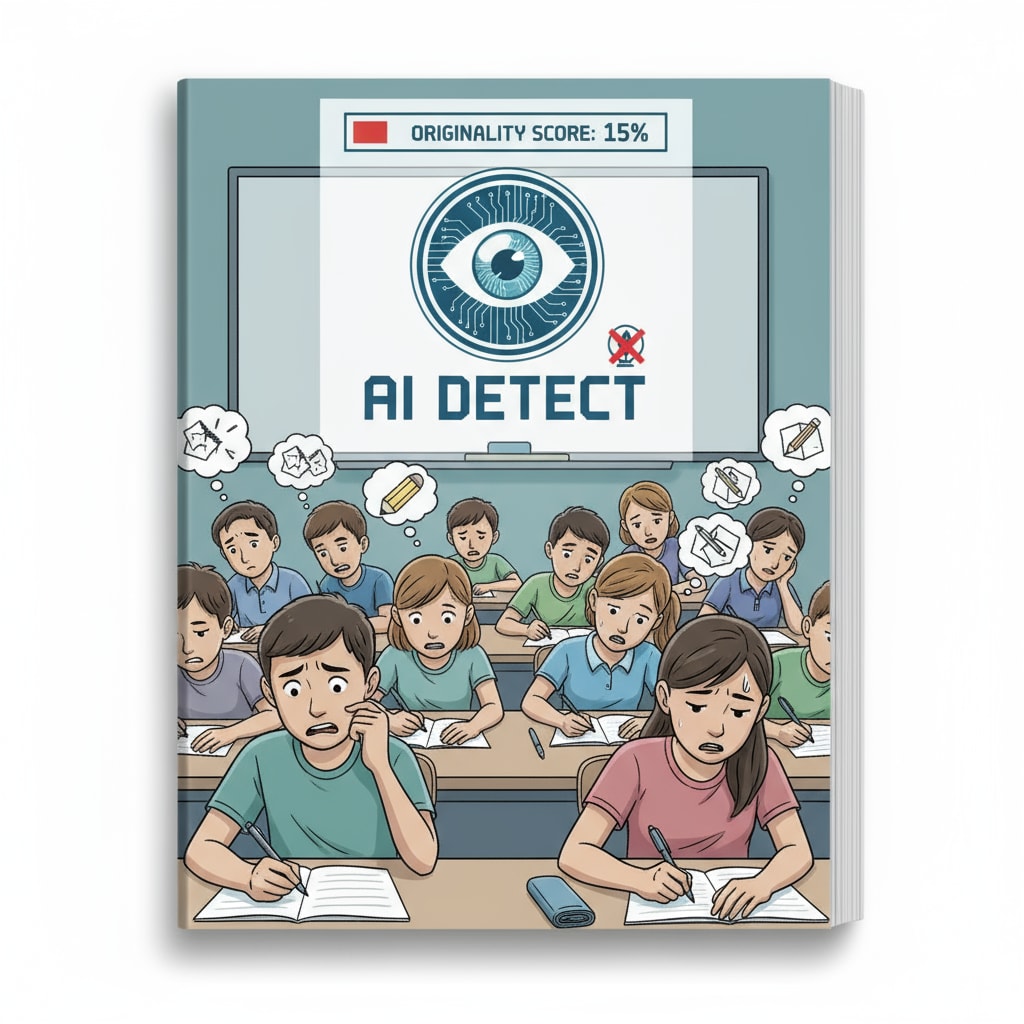In the realm of high school creative writing education, the emergence of AI detection technology has introduced a complex dynamic that significantly impacts student creativity. While initially intended as a helpful tool, it has inadvertently become a potential threat to the creative spirit of young writers.

The Suppression of Creativity
AI detection often operates under a set of predefined algorithms that measure writing against a standard model. This can be a major obstacle for high school students exploring their unique voices. For example, students might be discouraged from taking risks in their writing, such as using unconventional language or unique narrative structures. As a result, the rich tapestry of creative ideas that could have flourished is stifled. According to The National Endowment for the Arts, creativity in education is crucial for students’ overall development, yet AI detection seems to be working against this principle.
The Erosion of Writing Enthusiasm
The pressure associated with AI detection can also erode students’ enthusiasm for writing. When students are constantly worried about being flagged for potential AI use, they may lose the joy of the creative process. Writing should be a form of self-expression, but with the looming presence of AI detection, it can feel more like a chore. As stated by Edutopia, engagement is key to effective writing education, and this new technology is unfortunately having a negative impact on it.

In conclusion, it is essential for educators to recognize the potential negative effects of AI detection technology in high school creative writing education. By finding a more balanced approach, we can ensure that students’ creativity and writing enthusiasm are nurtured rather than suppressed. This calls for a reevaluation of how we use technology in the classroom to support, rather than hinder, the growth of young writers.
Readability guidance: The paragraphs are kept short to improve readability. Key points are presented clearly, and external links are provided to support the arguments. The language used is accessible, and transition words are employed to enhance the flow of the article.


